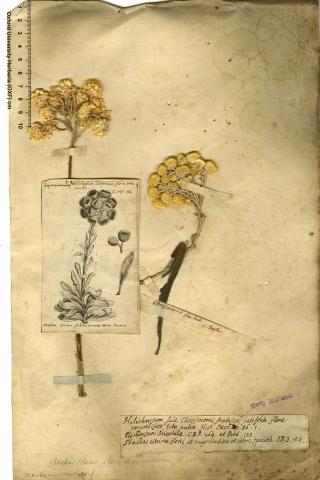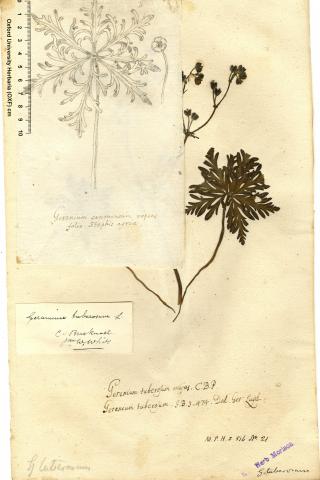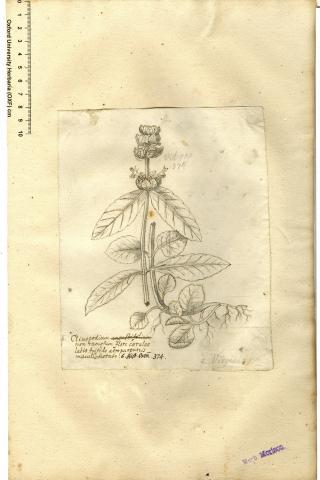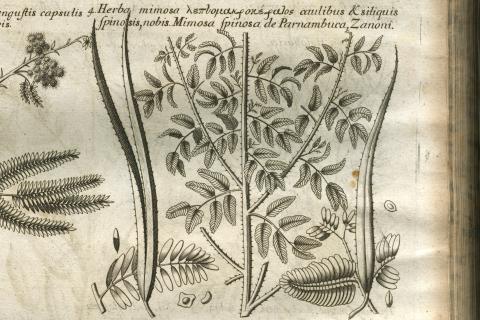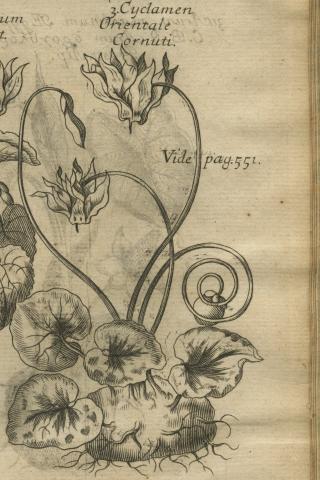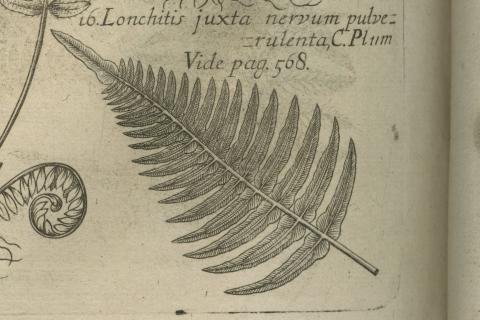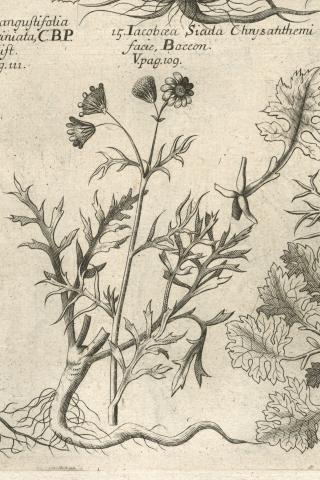Illustrating Morison's project
Depiction of plants in human cultures is tens of thousands of years old (Harris, 2005). Botanical illustration, the art of creating technically accurate, naturalistic depictions of plants, emerged during the European Renaissance (Blunt and Stearn, 2000; O’Malley and Meyers, 2008), with botanical illustrators depicting plants in technically accurate, often aesthetically pleasing manners. Their goal is to produce images with manifold scientific purposes. Some images are designed to show the appearance of plants so that they can be readily identified. Others are comparative, showing the differences and similarities among species. Yet others reveal technical differences among species. Audiences for such images vary, e.g., botanists, horticulturalists and students.
Techniques botanical illustrators adopt to depict plants are of lesser import than the accuracy the illustrator brings to their work through detailed examination of plants or plant parts. Illustrators may work in the field or in the studio, on living or preserved plants or by copying the work of other authors. Importantly, there is often a constant, mutually productive dialogue between artist and botanist, enabling constant checks to be made on interpretations of the plants being illustrated.
To fulfil their function as botanical information, botanical illustrations must be reproduced and disseminated widely. Consequently, techniques for reproduction of printed images, e.g., metal engravings, become central to the scientific use of botanical illustrations. The process is explicitly acknowledged in Leonard Fuchs’ De historia stirpium commentarii insignes (1542), where the three artists who: drew the living plants (Albrecht Meyer); transferred the drawings to the woodblocks (Heinrich Füllmaurer); and cut and printed the blocks (Vitus Rudolph Speckle; d.1550) were portrayed. However, limitations of technologies to investigate plants, and to reproduce images, may mar the work of botanical illustrators. Alternatively, published works became so expensive they are no longer works of practical science – they became works of art. Published botanical illustration is therefore an adroit, creative collaboration among illustrator, botanist, and publisher, mediated by time, location and intention.
An important element in the value to be attached to a plant illustration is associated with the veracity that can attributed to both the artist and the engraver. Are artist and engraver reliable observers? Do they have the technical skills needed to translate their observations into accurate representations of what they see? What has been the role of the botanist in the process of botanical illustration? In short, to paraphrase Oscar Wilde, interpretation of botanical illustrations is rarely pure, and never simple. Across more than three thousand plants illustrated on the copper plates in Morison’s Historia, one is repeatedly confronted by the consequences of this statement.
Morison never acknowledges the sources of his illustrations, although images copied from other sources are often surrounded by details of the plants' fruits which appear to be original. By his own admission, Morison (1672: Preface) had a collection of more than two thousand different kinds of ‘seeds’, which may have contained the models for many of these details. The models for the main illustrations remain illusive, but it cannot be assumed that the illustrations are drawn from life – many are copied from published sources.
References
Blunt, W and Stearn, WT 2000. The art of botanical illustration. Antique Collectors’ Club, London.
Harris, SA 2005. The scientific context of botanical illustration. In Sherwood, S A new flowering. 1000 years of botanical art. The Ashmolean, Oxford, pp.186-191.
Morison R 1672. Plantarum umbelliferarum distributio nova, per tabulas cognationis et affinitatis ex Libro Naturae observata & detecta. Oxonii, e Theatro Sheldoniano.
O’Malley, T and Meyers, ARW 2008. The art of natural history. Illustrated treatises and botanical paintings, 1400-1850. Yales University Press, New Haven


